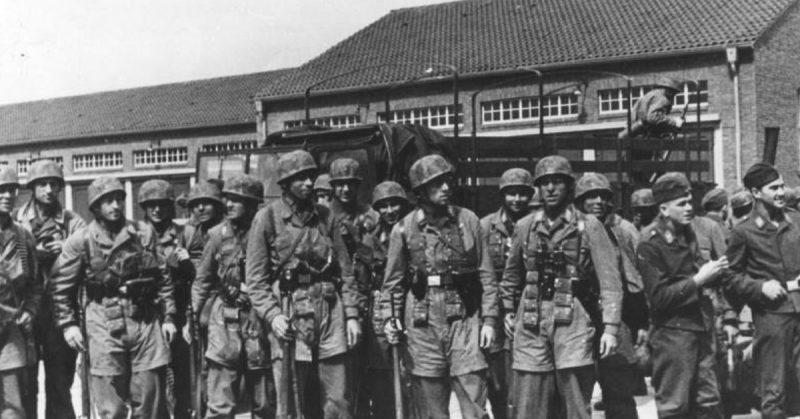In both World Wars, the fighting in the West began with a German invasion of Belgium.
1914: Why
German strategy in the late 19th and early 20th centuries was based on the assumption that, in the event of a war with Russia, Germany would also have to fight France. The result was the Schlieffen Plan, a strategy to knock France out of the war before taking on Russia.
Since losing to Germany in the Franco-Prussian war, the French had been preparing for such an event. They had built sturdy fortifications along their frontier with Germany and had plenty of troops.
Count Alfred von Schlieffen and the German planners who followed him looked for a way to avoid those defenses. The result was a plan to invade France through Belgium. The Germans would quickly overcome the weaker Belgians, swing around the flank of the French armies, surround them and force them to surrender.
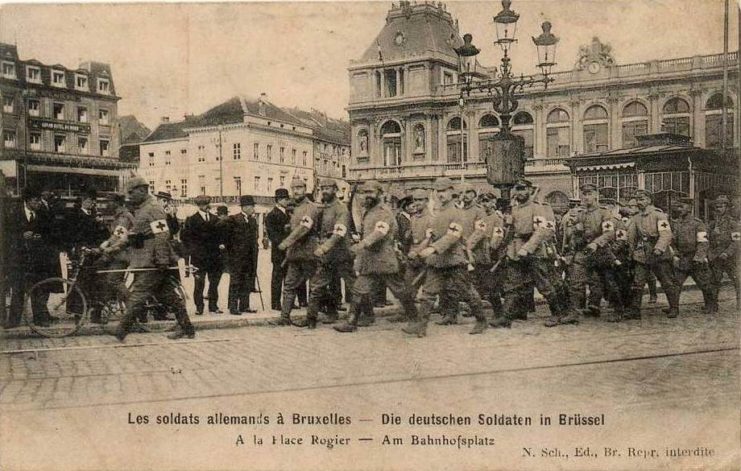
1914: How
The plan relied on fast movement and good timing. Swift mobilization and Germany’s efficient railways would get troops to the front quickly.
Of seven German armies on the Western Front at the start of the war, five were committed to the move through Belgium. To ensure the surrender of the Belgians, they had to destroy a series of concrete fortifications surrounding major cities. Most important were those around Liège.
On August 3, 1914, a 30,000-strong German detachment under General Otto von Emmerich crossed the border and headed straight for Liège. They attacked under cover of darkness, trying to break through the ring of forts, but were repulsed. When they reached the city a few days later, the forts still held out.
The Germans brought up heavy artillery, including their Big Bertha supergun and heavy Skoda howitzers borrowed from their Austro-Hungarian allies. They pounded the forts into submission.
The Belgians, led by King Albert, withdrew to the defenses around Antwerp, where they hoped to hold on. In the face of the massed German armies and their superguns, it was a futile hope.
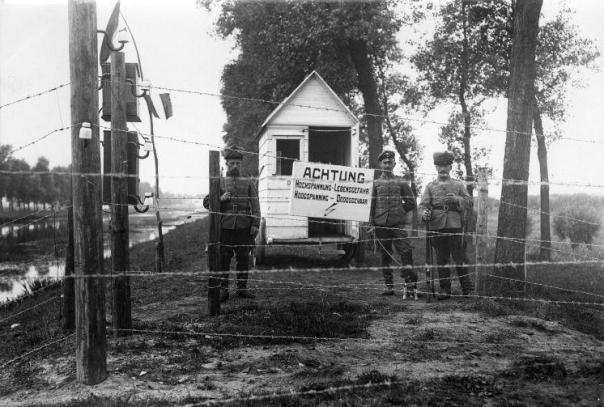
1914: Outcome
By the end of August, most of Belgium had been conquered. Antwerp held out until October before surrendering.
Due to the superguns, the Germans had achieved a relatively swift advance. It allowed them to carry on into France, following the broad outline of the Schlieffen Plan.
However, they had not taken into account the exhausting effect of the campaign on their troops or the destructive defensive power of modern weapons. The advance slowed down as French and British forces rushed to stop the flanking maneuver. A planned advance toward Paris instead swung south before reaching the city.
Belgium had fallen, but France had not. The Belgians suffered through four years of occupation. Imprisonment, hostage-taking, and executions were used against anyone who resisted. The Germans took rolling stock, food, and raw materials to feed their war machine. They also took 20,000 Belgians to Germany as forced labor.
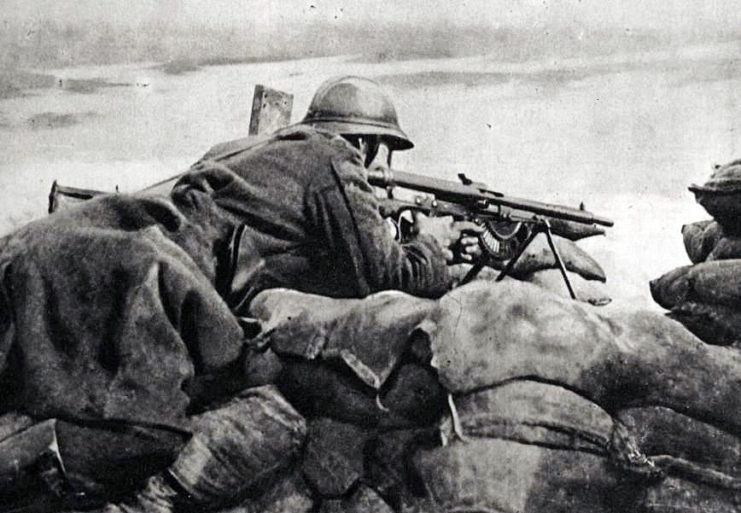
1940: Why
The strategic reasons for the 1940 invasion were remarkably similar to those of 1914. The difference was the politics behind them.
Where WWI had been driven by national ambition and realpolitik, WWII was even darker. Bitterness at the defeat of 1918, together with twisted ideas about racial purity and German destiny, led Adolf Hitler to seek domination of Europe. He would eventually have turned his gaze upon Belgium anyway, but it was the French entry into the war that forced his hand.
French defenses along the border with Germany were stronger than ever. The Maginot Line, a vast system of concrete fortresses, stood ready to hold off the Nazi hordes.
The French had seemingly forgotten the German strategy of the previous war. Rather than risk a diplomatic incident with Belgium, they left their border with that country clear. Hitler adopted the plan of his predecessors – an invasion of France through Belgium.
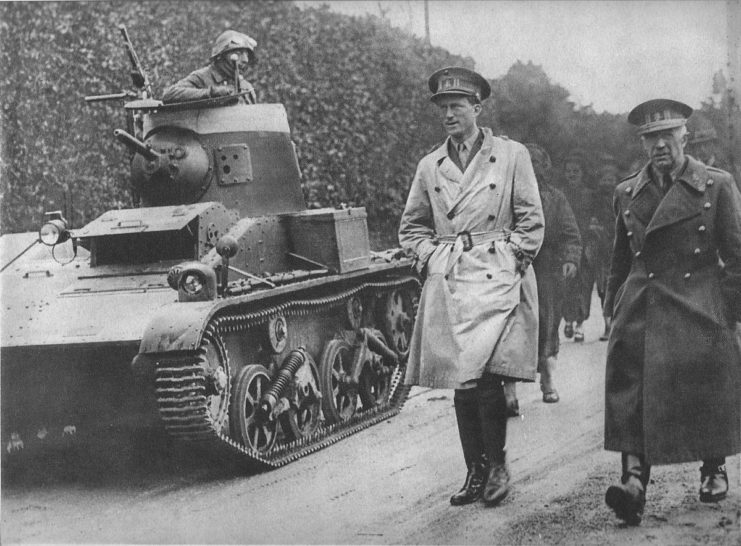
1940: How
On May 10, 1940, the Germans began their attack.
Again, they started by tackling the fortresses defending Belgian cities. A crack team of glider-borne paratroopers landed on the roof of the Eben Emael fortress. Within an hour, they had destroyed the guns of the imposing emplacement. The fortress’s garrison then surrendered to a much smaller German force.
It and other airborne operations paved the way for an advance by four army corps and one armored corps. While bombing struck terror into the population, they swept forward. The Belgian line collapsed on May 11, and German troops swept around Liège.
Meanwhile, the main attack came further south. German armored columns raced through the Ardennes forest, crossing Luxembourg and southern Belgium. The Allies had considered the area impassable to an army. They were proven badly wrong. German forces emerged from the forest to attack the weakest part of the Allied lines.
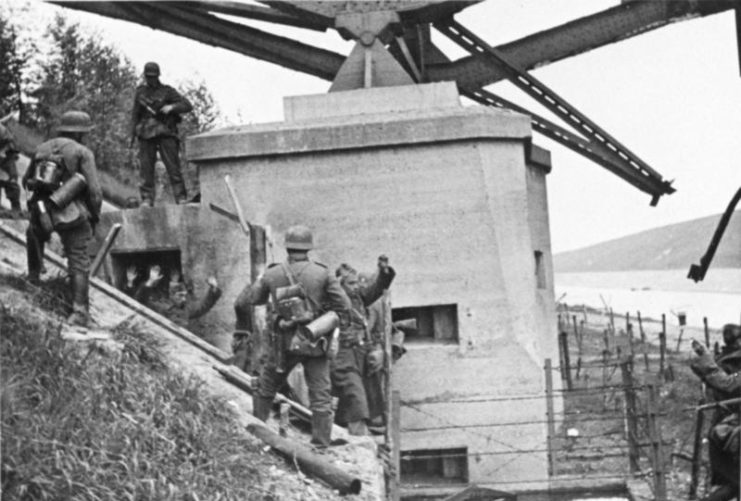
1940: Outcome
The result was far more decisive than in WWI.
By May 19, the British were preparing for a retreat. On the 25th, they ordered their troops to withdraw to Dunkirk for evacuation.
Without British assistance, Belgium could not stand. Its army broke on the 27th. On May 28, only 18 days after the invasion began, King Leopold surrendered unconditionally to the Germans.
Leopold remained a German prisoner for the rest of the war. His fellow Belgians faced a similar fate. Under the rule of the German Nazi government, they suffered the terror tactics and racially motivated murders that characterized the regime. Once again, it lasted for four years, until the Allied invasion force arrived in 1944.
The Germans raced on into France. This time there was no stopping them. France collapsed, and the war in the west was lost.
Sources:
Nigel Cawthorne (2004), Turning the Tide: Decisive Battles of the Second World War
James Lucas (1996), Hitler’s Enforcers: Leaders of the German War Machine 1939-1945
Ian Westwell (2008), World War I
